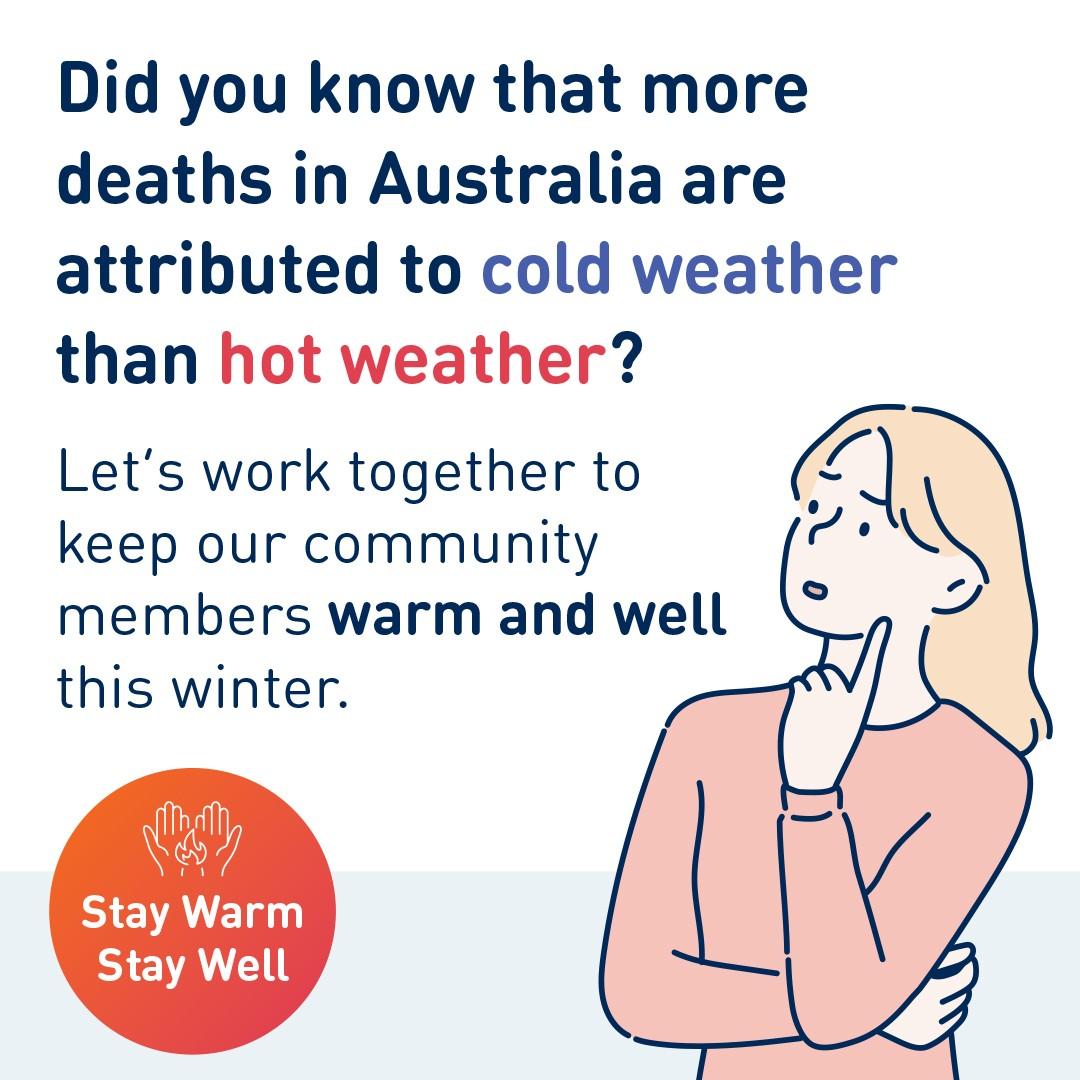Through funding from Energy Consumers Australia’s Grants Program, the Victorian Council of Social Service (VCOSS) has delivered an ambitious project to address one of the most entrenched challenges facing low-income households – the connection between energy hardship and poor health.
High energy costs can lead to stress, debt and poor living conditions, while illness and medical needs often increase energy use and bills. This cycle, known as the energy-health hardship nexus, traps vulnerable households in disadvantage. The VCOSS project set out to show how this link can be broken by building new pathways between the energy and health systems to identify and support consumers before they reach crisis point.
Connecting systems for better outcomes
VCOSS brought together government, regulators, health and community services, and energy retailers to find practical ways the health system could help address energy hardship.
The project began with a literature review that mobilised existing research to understand barriers to health service involvement. This activity, undertaken for VCOSS by La Trobe University, also surfaced international case studies of promising health system activation. This informed detailed mapping of Victoria’s energy and health systems – an exercise that identified existing but under-used points of connection. From this, VCOSS produced a provocation paper setting out the case for systemic change.
A Critical Friends Group — including experts from health, energy and academia — guided the project throughout.
Long-form narrative interviews with 55 thought leaders and subject matter experts from energy, health and public policy provided additional intelligence on opportunities to better connect these systems. These insights shaped new practical interventions to improve how consumers access help, focusing on the people and services best placed to identify those at risk.
Building capacity and confidence
VCOSS designed and delivered new resources to engage health professionals, help them understand the valuable role they can play in addressing energy/health hardship, and help them recognise when patients may be struggling with energy costs and refer them to existing support. A key output was the “Warm Winter” resource pack, co-developed with the Department of Energy, Environment and Climate Action (DEECA) and Anglicare Victoria. It provides simple, evidence-based information on the health impacts of living in cold homes and clear referral pathways into Victoria’s statewide Energy Assistance Program.
VCOSS used insights from the systems map to strategically engage with networks that could support health system activation, presenting at meetings and forums and speaking at conferences. This targeted engagement – and four webinars, promoted nationally – helped extend this reach, engaging hundreds of participants across the health and energy sectors.

Towards a fairer, healthier energy system
VCOSS’s work demonstrates the real-world power of connecting systems that too often operate in silos. By framing energy hardship as both a social and a health issue, the project has created a shared understanding that energy access is essential to wellbeing, not a luxury.
The initiative has laid the groundwork for lasting change. VCOSS is keen to build on this project, to help create enduring shifts in policies, programs and practice in energy and health systems that benefit vulnerable energy consumers.
Through Energy Consumers Australia’s grant funding, this project has delivered more than research outputs: it has built practical tools, stronger networks, and measurable improvements in how vulnerable consumers are identified and supported.
The Energy and Health Nexus project shows how strategic, evidence-based collaboration can create real change in people’s lives — ensuring that every household, regardless of income or circumstance, can live in a warm, healthy home.
This project has evidenced very positive engagement from energy and health system actors. The systemic connections we were able to establish delivered immediate real-world benefits to vulnerable energy consumers. We’ve been able to mobilise research to action and show what’s possible to break the energy/health hardship nexus.
Turning insights into action
The project’s research and stakeholder engagement led to five knowledge translation papers targeted at key decision-makers and system actors in health and energy, including Treasury, DEECA and the Department of Health as well as community sector organisations that can as a ‘bridge’ between energy and health. These papers presented cost-benefit analyses and policy proposals ranging from retrofitting initiatives for households with medical needs to new frameworks for embedding energy-health collaboration into government programs and service delivery.
The introduction of new resources is already seeing tangible results. Anglicare reported a 50 per cent increase in referrals to the state-funded Energy Assistance Program in June 2025, coinciding with the establishment and promotion of a new referral pathway for health professionals.
The project not only helped raise awareness of, and referrals into, the Energy Assistance Program, but helped strengthen consumer and social services bodies’ systemic advocacy about the need for strong government investment to meet community need. The 2025 Victorian Budget included expanded funding for the program, which is crucial to ensuring that where hidden energy poverty is identified, support can be provided, an important step in combatting the energy health nexus.

